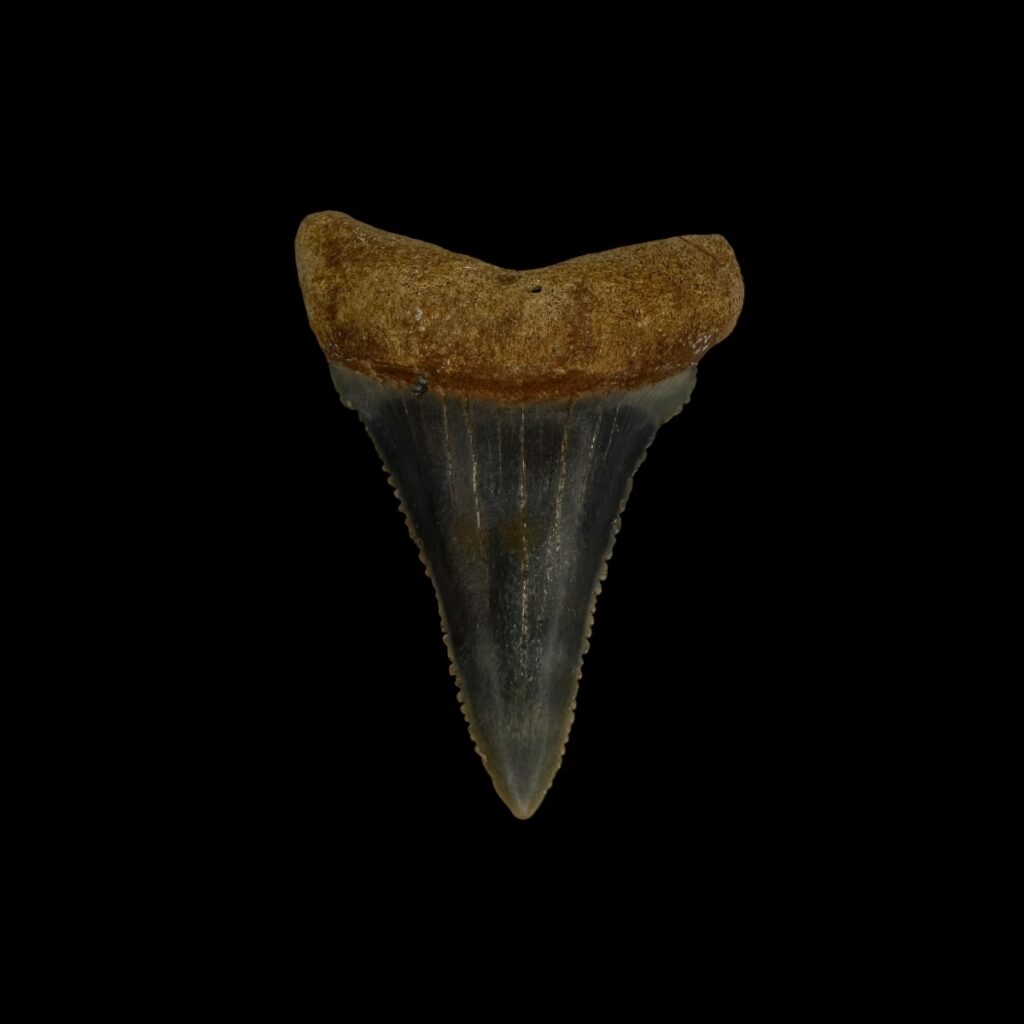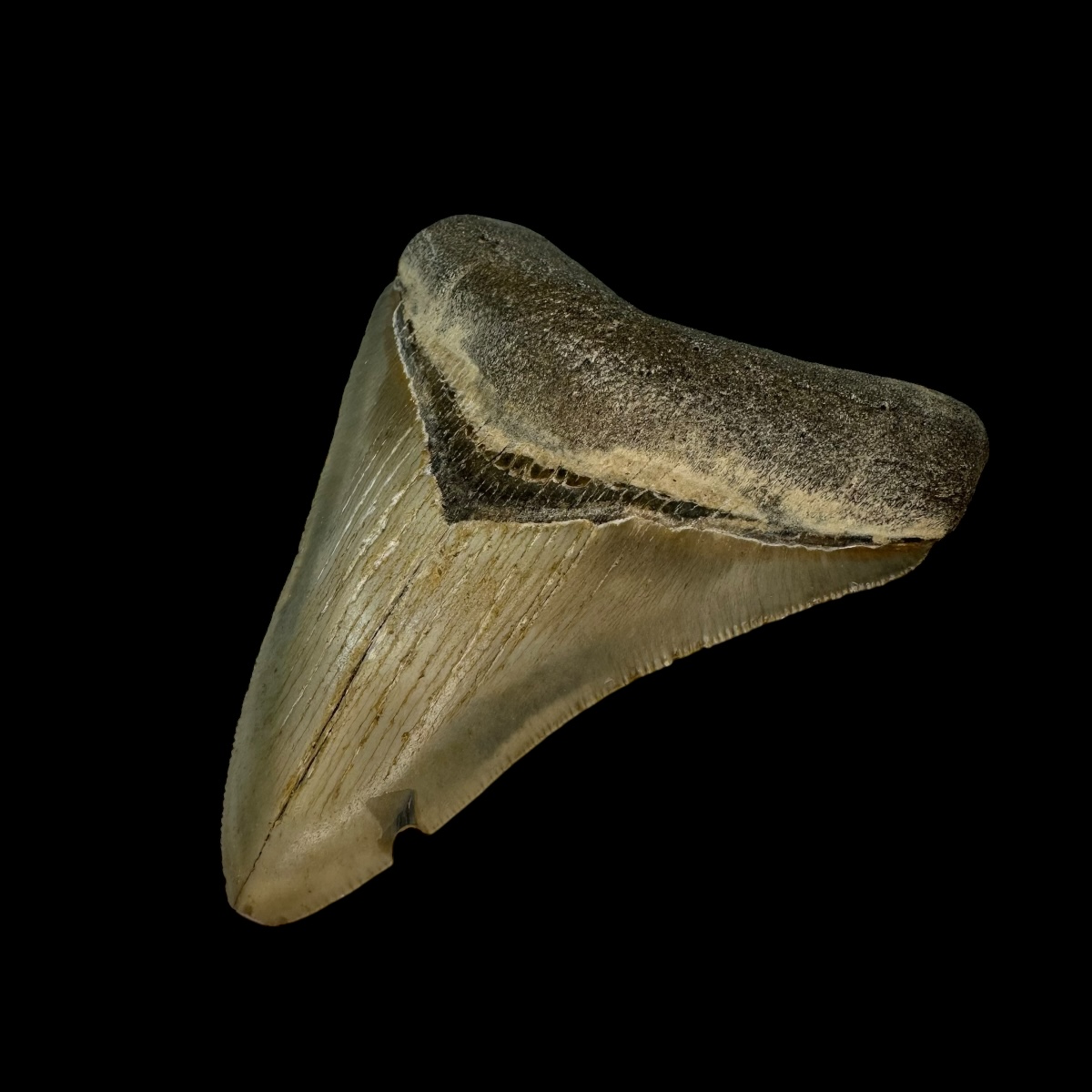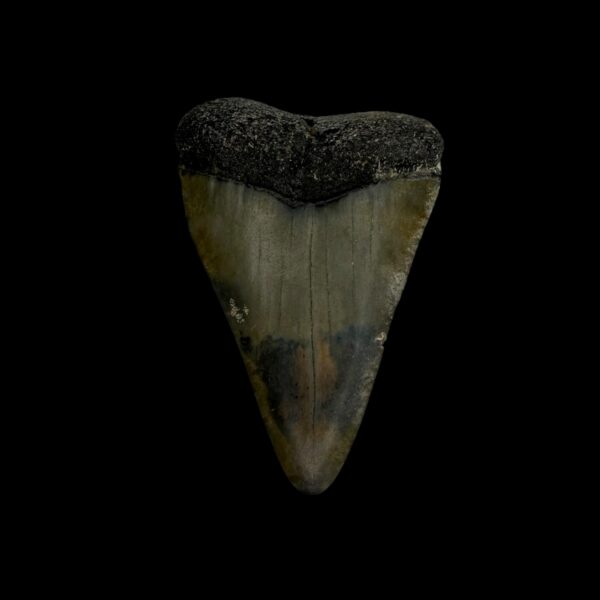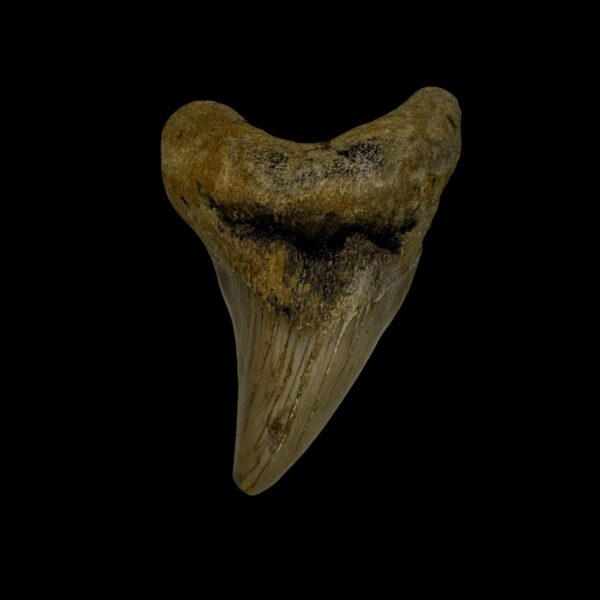🦈 Megalodon Tooth Fossil Value – 6 Realistic Factors That Affect
Understanding the value of Megalodon teeth is a hot topic among fossil collectors, investors, and shark enthusiasts. With prices ranging from $20 to over $10,000, knowing what determines a tooth’s price is essential before buying or selling.In this guide, we’ll explore 6 accurate factors that influence the price of Megalodon teeth. Whether you’re a beginner or a seasoned collector, understanding these variables will help you assess fossils confidently and avoid overpaying.
✅ 1. Size – Bigger Isn’t Just Better… It’s Pricier
Size is the most obvious factor affecting Megalodon tooth fossil value. Larger teeth are significantly rarer and more desirable.
| Tooth Length | Estimated Value Range |
|---|---|
| Under 3 inches | $20 – $100 |
| 3–5 inches | $100 – $800 |
| 5–6 inches | $800 – $3,000 |
| Over 6 inches | $3,000 – $10,000+ |
A near-perfect tooth will always command a premium.
Expert collectors look for:
Intact serrations
Sharp tip
Minimal damage or wear
Deep enamel gloss
No heavy restoration or glue marks
Even a large tooth can drop in price if the condition is poor, so an accurate assessment is crucial.
✅ 3. Root and Serration Integrity
These technical aspects often separate beginner buyers from seasoned insider collectors.
Roots with both lobes fully preserved add serious value
Serrations that remain visible and well-aligned are prized
Missing corners or erosion lowers the overall appeal
🔍 An accurate visual inspection can dramatically affect price estimates.
✅ 4. Location of Discovery
The location tells part of the fossil’s story — and collectors love that.
| Location | Notes |
|---|---|
| North Carolina | Dark, mineral-rich, highly collectible |
| South Carolina | Excellent preservation, many large finds |
| Florida rivers | Entry-level and widely available |
| Indonesia/Morocco | Commonly restored; lower in value unless pristine |
✅ 5. Restoration or Repairs
Restoration doesn’t always kill the value — but it does affect it.
| Restoration Level | Value Impact |
|---|---|
| No repairs | Full market value |
| Light restoration | -10% to -25% |
| Heavy reconstruction | -50% or more |
✅ 6. Rarity and Aesthetic Appeal
Beyond technical condition, some fossils just look amazing — and that boosts their price.
Traits that collectors love:
Unique colors (blue, smoky grey, tan-marble)
Flawless symmetry
Sharp, defined edges
Deep natural polish
🌟 These “wow factor” traits are subjective but drive emotional purchases — especially among insider buyers looking for trophy pieces.
💵 Realistic Price Ranges
| Grade | Description | Typical Price |
|---|---|---|
| Collector | Over 5.5″, near perfect, no restoration | $2,000 – $10,000+ |
| Display | 4–5.5″, minimal damage, good symmetry | $500 – $1,500 |
| Budget | 2–4″, chipped or repaired, good for beginners | $50 – $300 |
❓ FAQ – Megalodon Tooth Fossil Value
How can I know if I’m overpaying for a Megalodon tooth?
Compare similar teeth across trusted sellers. An accurate market comparison is your best tool.
Are restored Megalodon teeth worth buying?
Yes — just be sure you’re paying a price based on condition and size.
Why are Indonesian fossils cheaper?
Often due to restoration and lack of provenance. Insider buyers know what to look for.
Do aesthetics really affect fossil prices?
Absolutely. In fact, many expert collectors prize symmetry and color over pure size.
🛒 Looking for Verified Megalodon Teeth?
At The Fossil Exchange, we offer authentic, diver-recovered Megalodon teeth with accurate pricing, expert descriptions, and full transparency. Whether you’re a first–time buyer or a seasoned insider, we help you find the right fossil — at the right value.
👉 Shop Real Megalodon Teeth Fossils
Understanding Megalodon tooth fossil value goes beyond just measuring the size or inspecting the condition. Factors such as historical context, location-specific mineralization, and the uniqueness of color patterns can significantly raise interest among serious collectors. For example, teeth found in phosphate-rich deposits may exhibit deep, lustrous hues that are highly sought after in the fossil market. By learning to recognize these subtle indicators, buyers can make more informed decisions and truly appreciate the full spectrum of what determines fossil worth.





